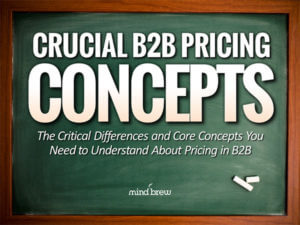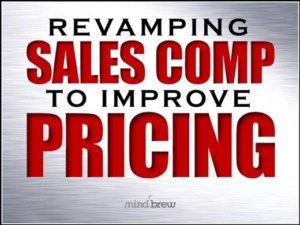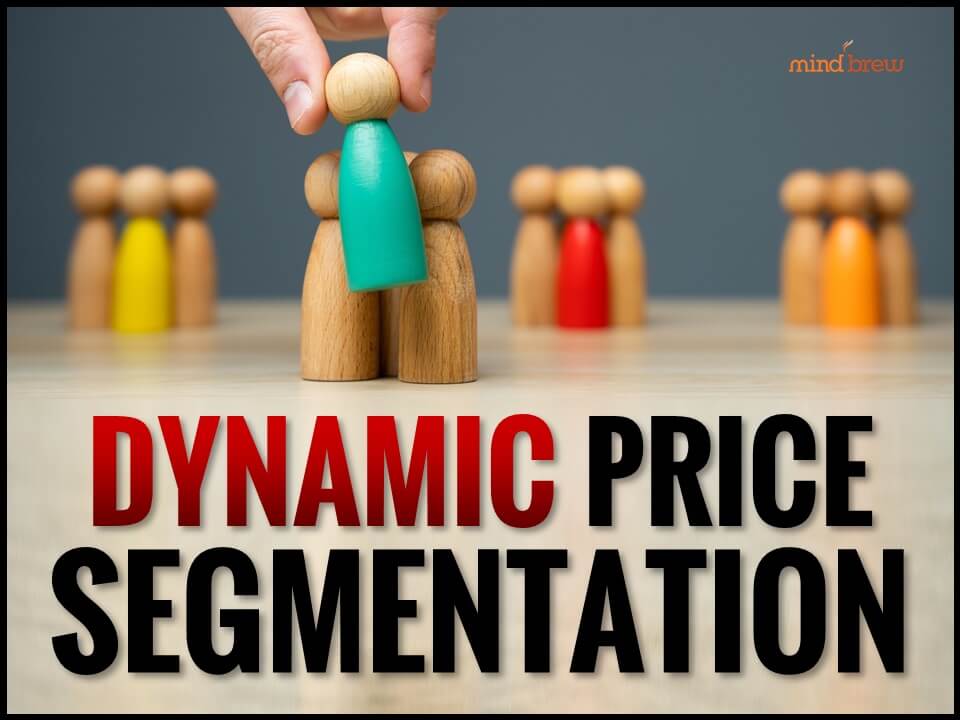As pricing practitioners, it’s really easy for us to see that improving our company’s pricing could be good thing. But when we present our plans to the C-suite, they don’t always share our enthusiasm.
The problem, more often than not, is that we haven’t convinced the executive team that there is a problem.
As human beings, we tend to put off taking any actions until we’re absolutely sure we have to. We know we should exercise more, but often we don’t. We know we should take the car in to figure out why the check engine light is on, but we often don’t. We know we should investigate why the water pressure is low in the master bathroom, but we often don’t.
In each of these cases, we know that we could probably improve our lives, but we’re not convinced that it’s really necessary. The potential discomfort and risk associated with doing something seems to outweigh the potential benefits.
But after you’ve had a health scare or the car won’t start or you have a flood in the master bathroom, taking action suddenly seems like a really good idea.
The same dynamic is at work when you are making the case for improving your company’s pricing. If the executive team isn’t convinced that there’s really a problem, they probably aren’t going to approve your plans. Your job is to convince them a problem exists before the consequences become really disastrous.
How do you do that? Here are some tips:
- Emphasize the negative. It’s all well and good to show managers the potential benefit of better pricing, but you’ll likely get farther if you show them why your current practices are bad.
- Cite outside experts. You’re probably more willing to listen if a doctor, a mechanic or a plumber tells you that you have a problem than if your spouse says the same thing. In the same way, the executives are going to be more willing to listen to “experts” in the industry than to you.
- Speak the same language. Find out what metrics are important to the executive team and use those metrics in your presentation. They’re much more likely to be concerned about the bottom line than about the nitty-gritty details of pricing statistics.
- Give them a report card. No one wants to get an F in pricing. Using a simple chart to show how your company compares to best practices can be very powerful.
- Start small. The first time you present a proposal to the executive team, don’t try to solve every pricing problem your company has. Pick off some low-hanging fruit so that the team can have a good first experience with pricing management.
- Keep it short and sweet. Your first presentation to the C-suite shouldn’t be any longer than five to ten minutes. Focus on the big picture rather than the details.
- Ask for the “sale.” It’s a tried-and-true maxim of sales that if you don’t ask someone to buy, they won’t. With upper management, make sure you tell them specifically what you would like them to do or to approve.
For B2B pricing practitioners, getting executive buy-in is a long-term process, and it’s a key part of doing your job well. For more tips on how to deal with the C-Suite, check out the PricingBrew webinar Proving the Value of Pricing and the expert interview with Lydia DiLiello on Working with the C-Suite to Improve Pricing.
Proving the Value of the Pricing Function
Working With the C-Suite to Improve Pricing















